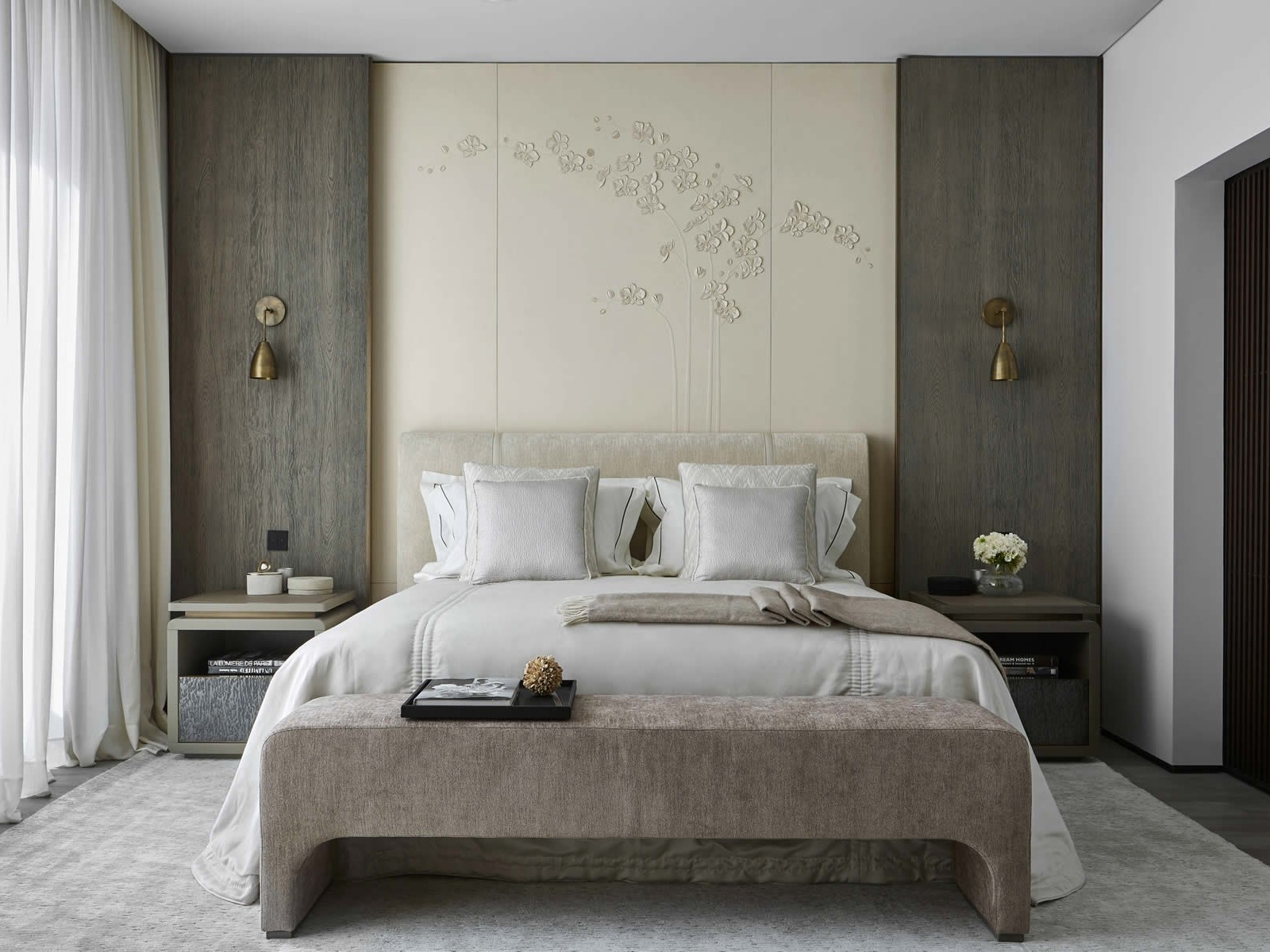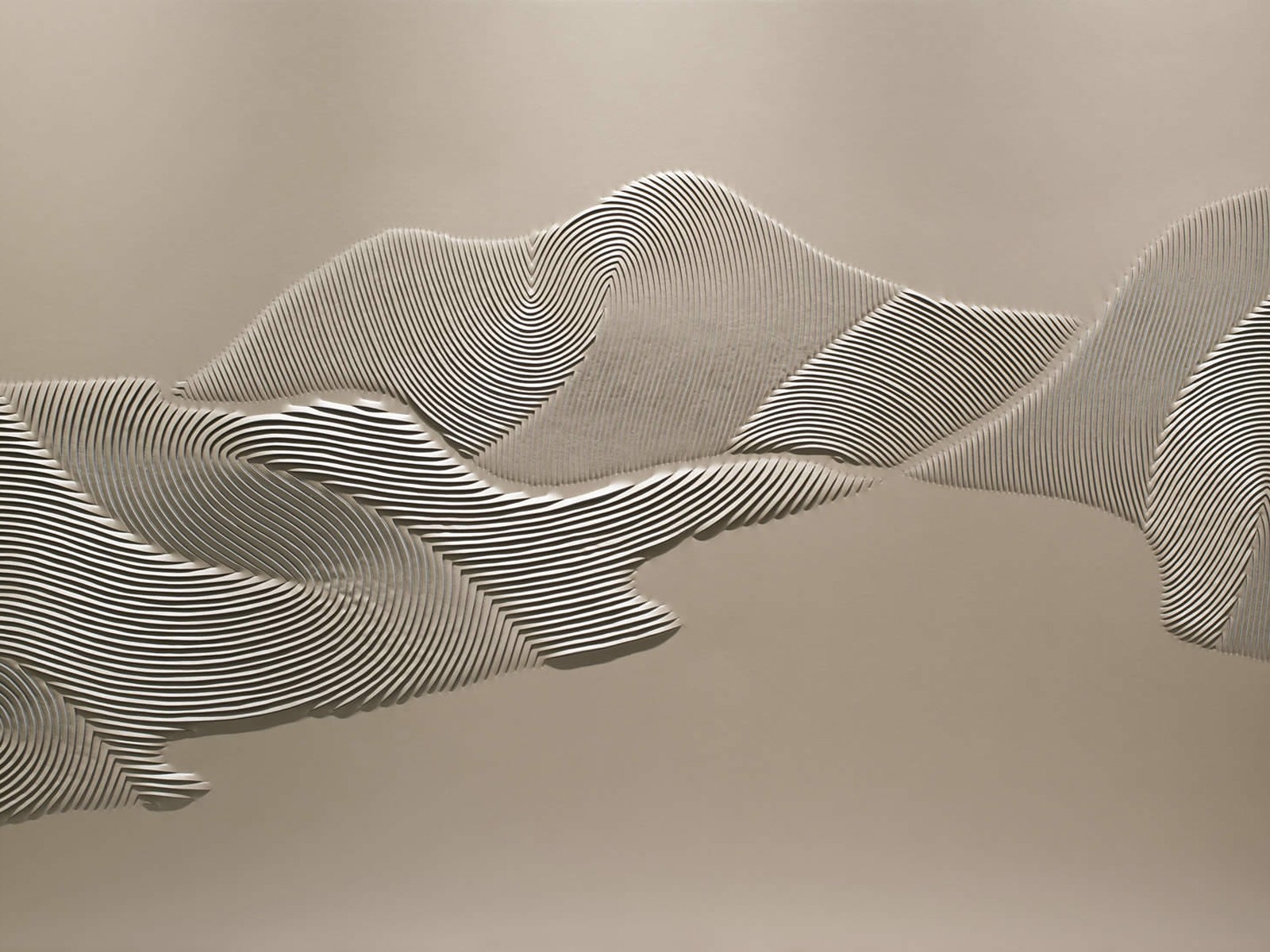Th Meets: Helen Amy Murray
09/06/22Artist and textile worker who uses nature as inspiration
Helen Amy Murray is a globally recognised artist and designer. The delicate artistry of Helen’s work has gained her many accolades for its beauty and originality. We sit down with Helen to find out about her work, what inspires her and what she is up to at the moment
Let’s start from the beginning, did you grow up an artistic child?
My mum remembers lots of early experiments with crayons and paint. I was always doing something with my hands and learning techniques, whether it was making cards, cake decorating, cross-stitch and embroidery or learning to make my own curtains and clothes.
What led you into the specific field that you are in now?
Not surprisingly, Art and Design & Technology were my favourite subjects at school – I particularly loved the 3D element in both subjects. After a BTEC Art Foundation and a photography course I asked my course leader where was best to study textiles and she recommended Chelsea College of Art. I went to study a BA in Textile Design and specialised in Stitch. It was the experimental nature of this that led me to push boundaries of existing techniques and fabric manipulation. During a college/work/travel placement to India in 2000, I became almost obsessed with relief in sculpture and returned to develop the aesthetic of the wooden and marble bas relief into soft textiles. My final degree work was the beginning of my signature hand-sculpted technique, which I later evolved with leather, silk and suede. There was some hype and press around my new technique, I didn’t have a plan but I started to create framed pieces, lightboxes and re-upholstered furniture. After my graduation year I was asked to create a piece at 100% Design (and continued to have a solo stand there for 3 years) where my work was discovered by the likes of Candy & Candy and The Rug Company which led me into the world of interior design and a designer rug collection. A breakthrough was winning the Oxo Peugeot Prize and then a place on NESTA’s Graduate Pioneer Programme which culminated in a business plan and funding. I made the brave decision to turn down the offer of a place at the RCA and focused on setting up a studio and working on commissions alongside continual development work.
You work in a variety of materials. What is your favourite and why?
I love working in genuine Nubuck and faux Suede due to the subtle irregularity that can be achieved by the fine pile on the surface. In the right colour it can create a beautifully soft, matt, plaster-like quality which for me brings it back to my original intention, having been awe-struck by marble carvings of the Taj Mahal at age 20. I also love combining silk satin for its subtle sheen and light reflective quality.
How do you go about working with designers and private clients?
We are usually approached directly with an elevation for the space along with an initial concept, whether that be a simple inspiration image or the name of one of my motifs, or it can be a concept that has been fully rendered to show how the client envisages my work to look within the intended environment. We might also meet the client to discuss what is important to them with regards to the inspiration, material, colour etc. The most rewarding projects are usually those where a client has an open brief that allows for new ideas to develop.
Flora and fauna are often used as the root of inspiration – is there a particular organic pattern or texture that you are drawn to time and again?
I have always been inspired by natural repetition and geometry in nature. The most intricate forms, patterns and geometry link back to the natural world. I think that is why people respond to my work on such an emotional level. I’ve always been drawn to scallop details which can be found in all manner of flora and fauna and can be presented in both very structured and completely organic ways.
How do you stay inspired?
I’m an avid see’er and constantly processing how things might look in relief. I love art and collecting and try to visit as many exhibitions and galleries in London as I can. I buy a lot of books for research, and I love to travel and take photographs for inspiration.
What is the best thing you have learnt from nature?
That it never ceases to amaze and entice me, it is a constant evolution. My work and studio have evolved so much over the past two decades, but I remain indebted to the plentiful joy and offerings of nature.
What are you currently working on?
Alongside our very busy schedule of commissioned work I am working on a very personal collection of artworks that are the fruition of a decade of research and development.
Quick fire round:
- Sea or sky? Too hard!
- Leather or silk? Leather
- Maximalist or Minimalist? A careful combination of both!
- Fossil or feather? Feather
- Autumn or spring? Spring

